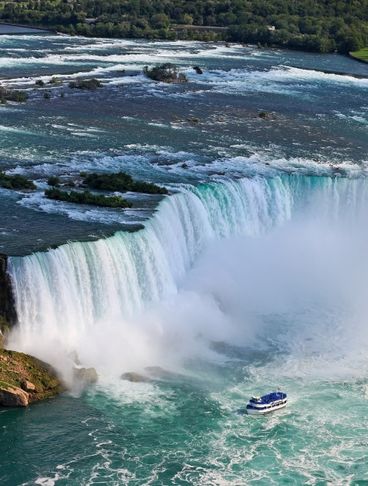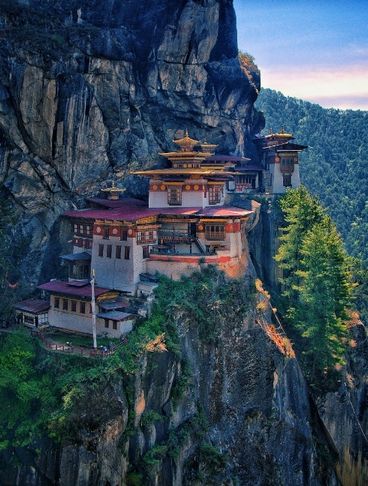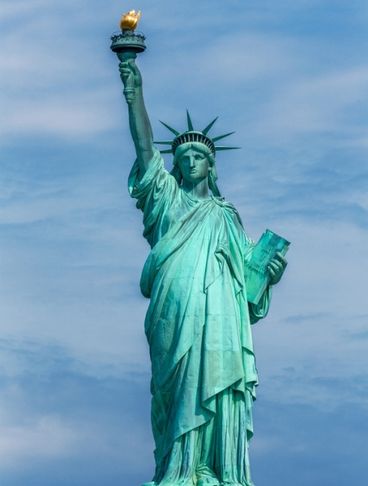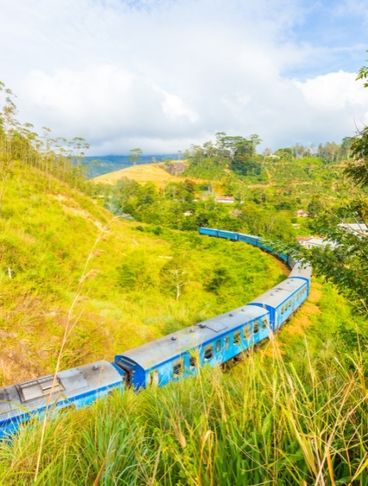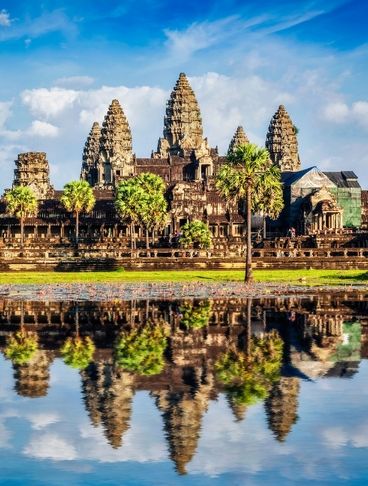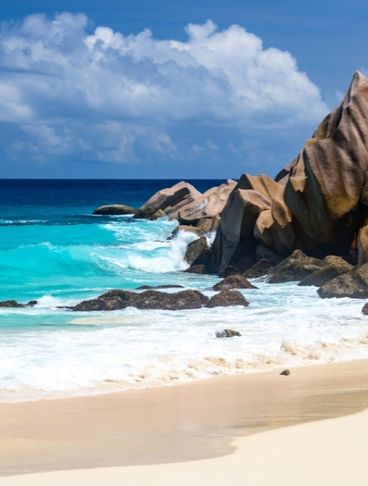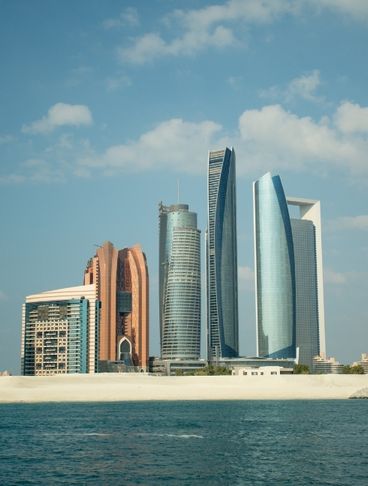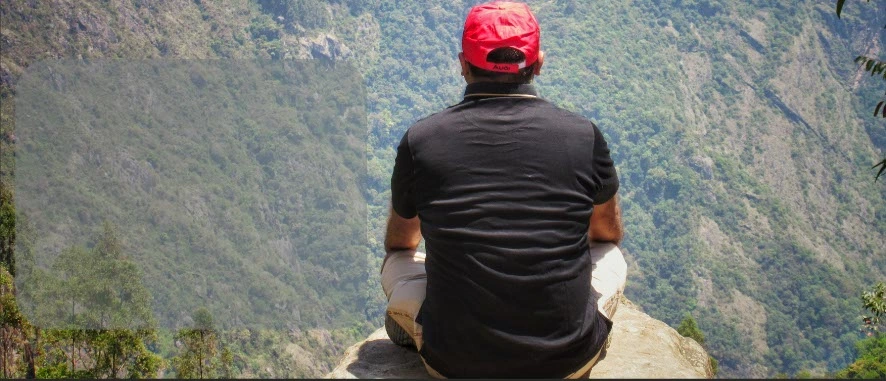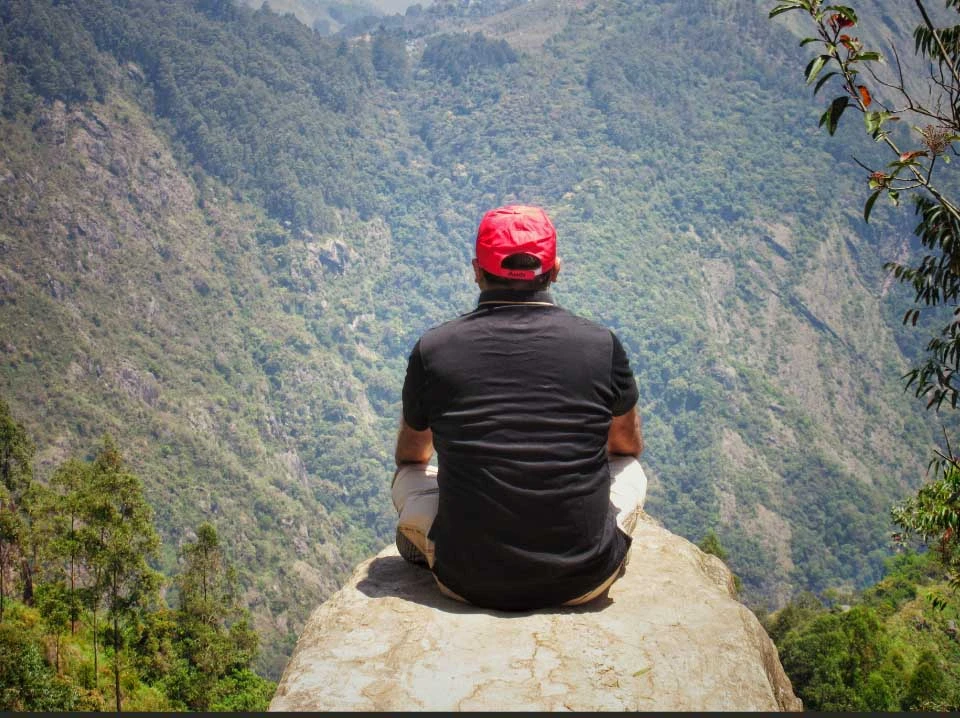We bring together a diverse travel community through storytelling. With a treasure trove of travel stories, we share personalized travel experiences and start conversations that inspire fellow travelers. From well-known destinations to offbeat locations, these stories unfurl a world of beauty and discovery. Our conglomerate of contributors through their travel memoirs make each narrative engaging, captivating and worth sharing.
The best places you must visit
We are surrounded by a plethora of stunning destinations across the globe catering to a broad spectrum of travel experiences. While we have no limitations on where to travel, here you can discover some of our favorite destinations and travel stories. Immerse yourself in these personalized stories and get inspired to create your own travel itinerary.
Popular destinations
We are all fascinated by stories.
We create opportunities for travelers to share personalized stories and discoveries with a diverse community across the world. If you have a unique story to tell, we are listening. This could also be an opportunity to be recognized and bask in the glory of seeing your name in print. This gamut of narratives will inspire people and ignite a spark to create their own travel experiences.
For debut storytellers, reach out to us and we are happy to handhold you through the journey.
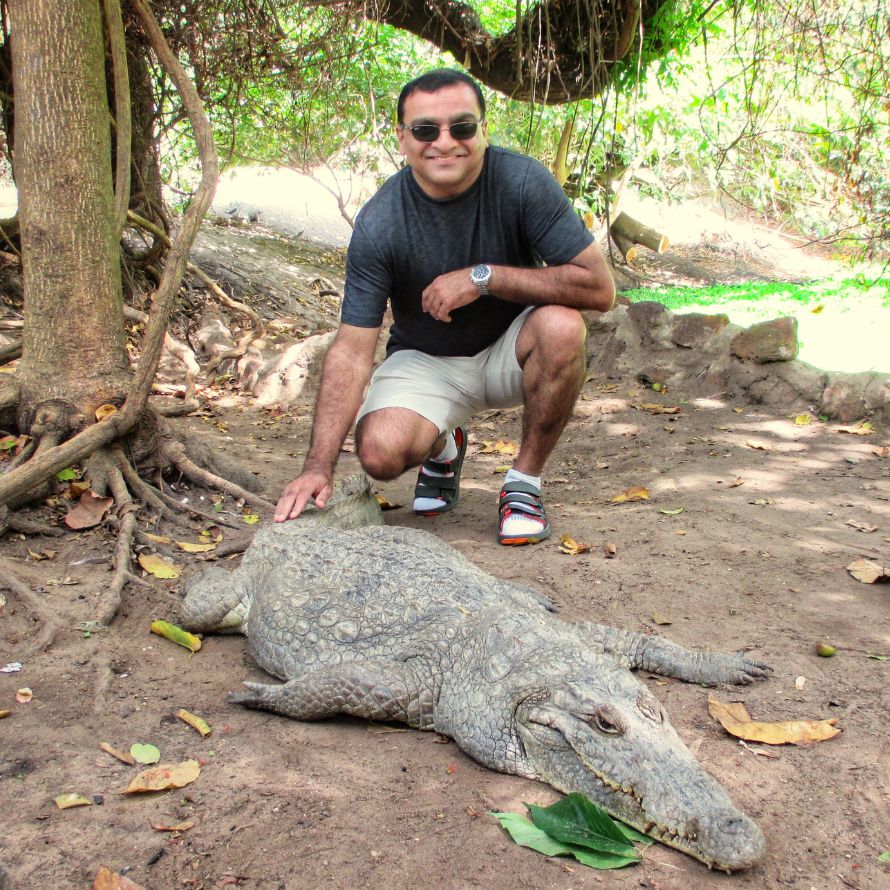
Story of the week
The Smiling Coast of Africa
Seeking an adventure, beach holiday, or cultural experience? It is an all-in-one trip to Gambia. Nature lovers can enjoy the natural reserves teeming with wildlife. It is a safe destination with sun and surf, nightlife, casinos and entertainment galore.
Read More
Story of the month
A Vibrant Family Vacation in Hawaii
White sandy beaches, pleasant year-round weather, fun & adventure galore and a vibrant aloha spirit make Hawaii Islands a perfect family vacation destination. Visit this exotic land and experience its unique culture and vibe creating lifetime memories.
Read MoreRecent Stories
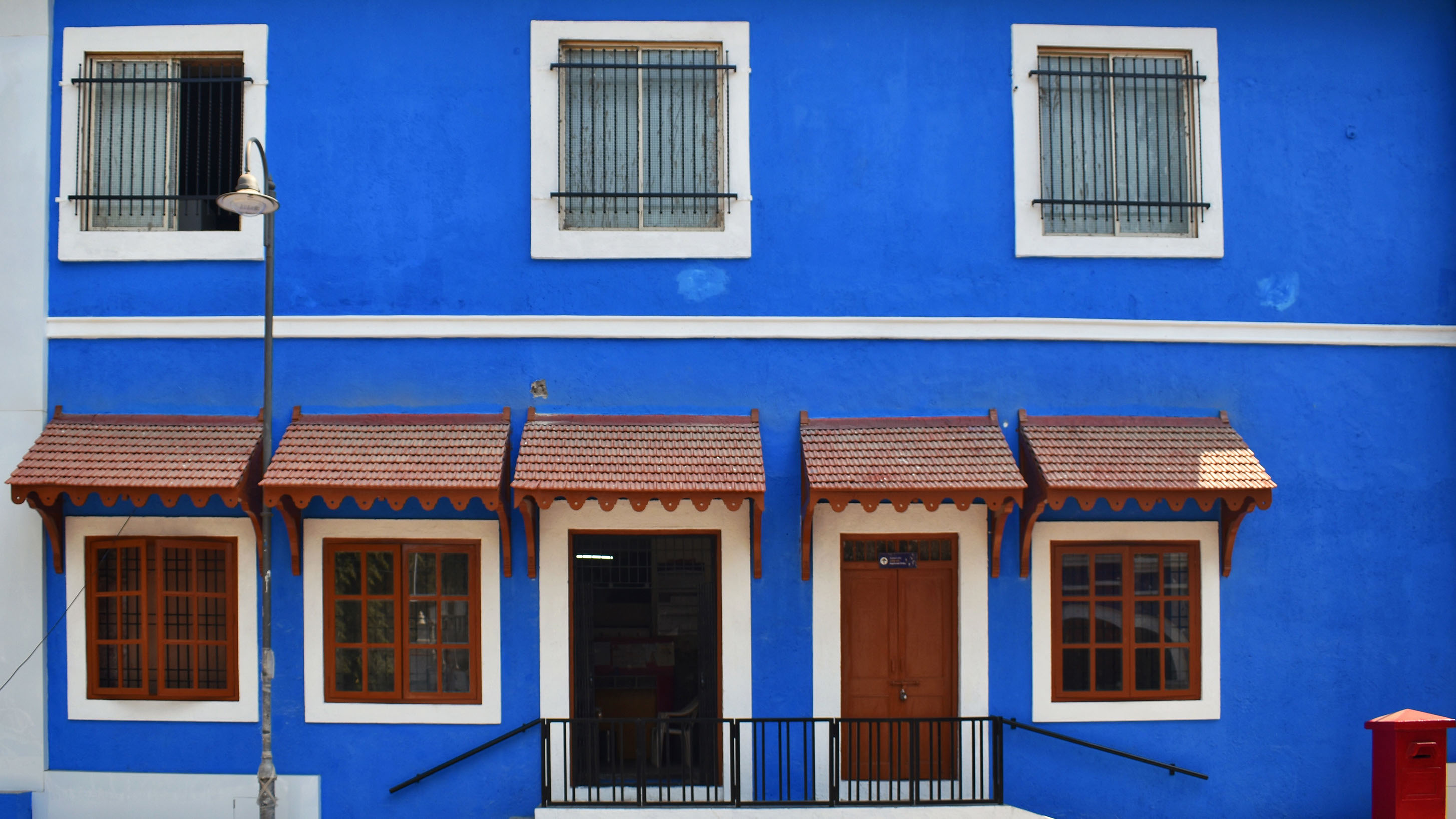
5 (1)
Tracing Portuguese Footprints in Daman
Immerse yourself in the rich heritage of Portuguese culture in Daman. With ancient forts and ornate churches, every corner reveals a glimpse of its colonial past. Take a stroll through cobbled streets and taste Indian and Portuguese cuisine.
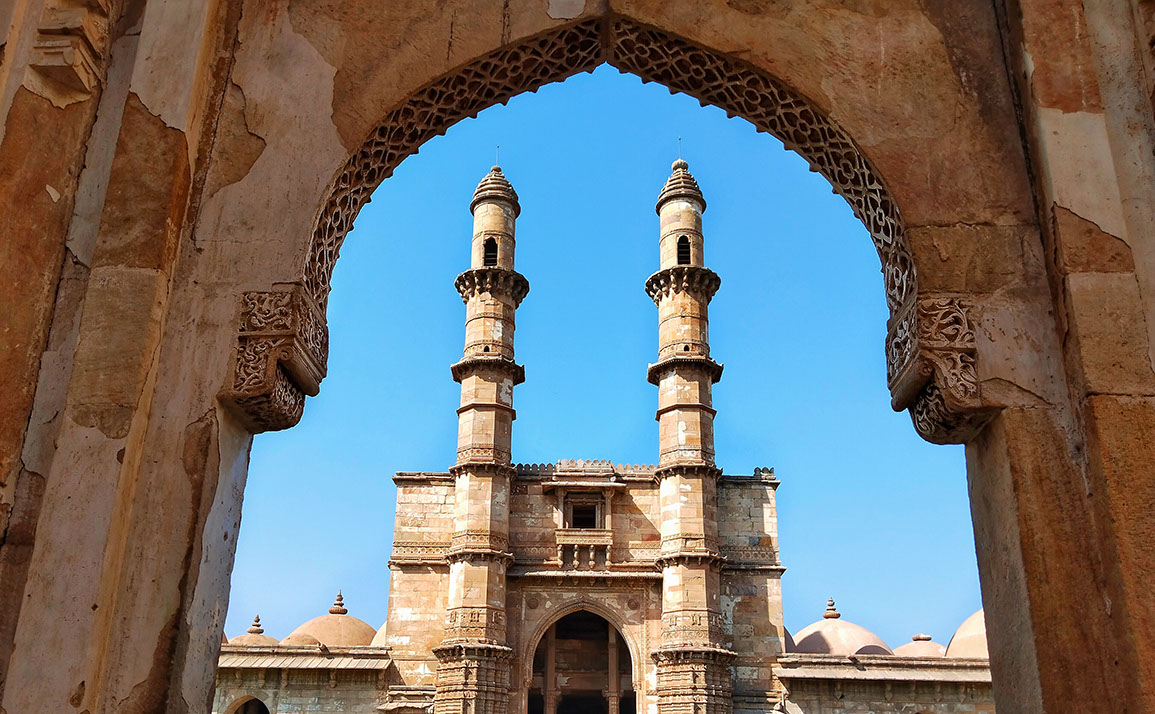
5 (1)
The Mysteries of Champaner
Step into the realm of forgotten tales and hidden wonders as you explore the UNESCO World Heritage Site of Champaner. Discover a city lost in time, with its rich history, architectural marvels, and untold stories waiting to be unearthed.
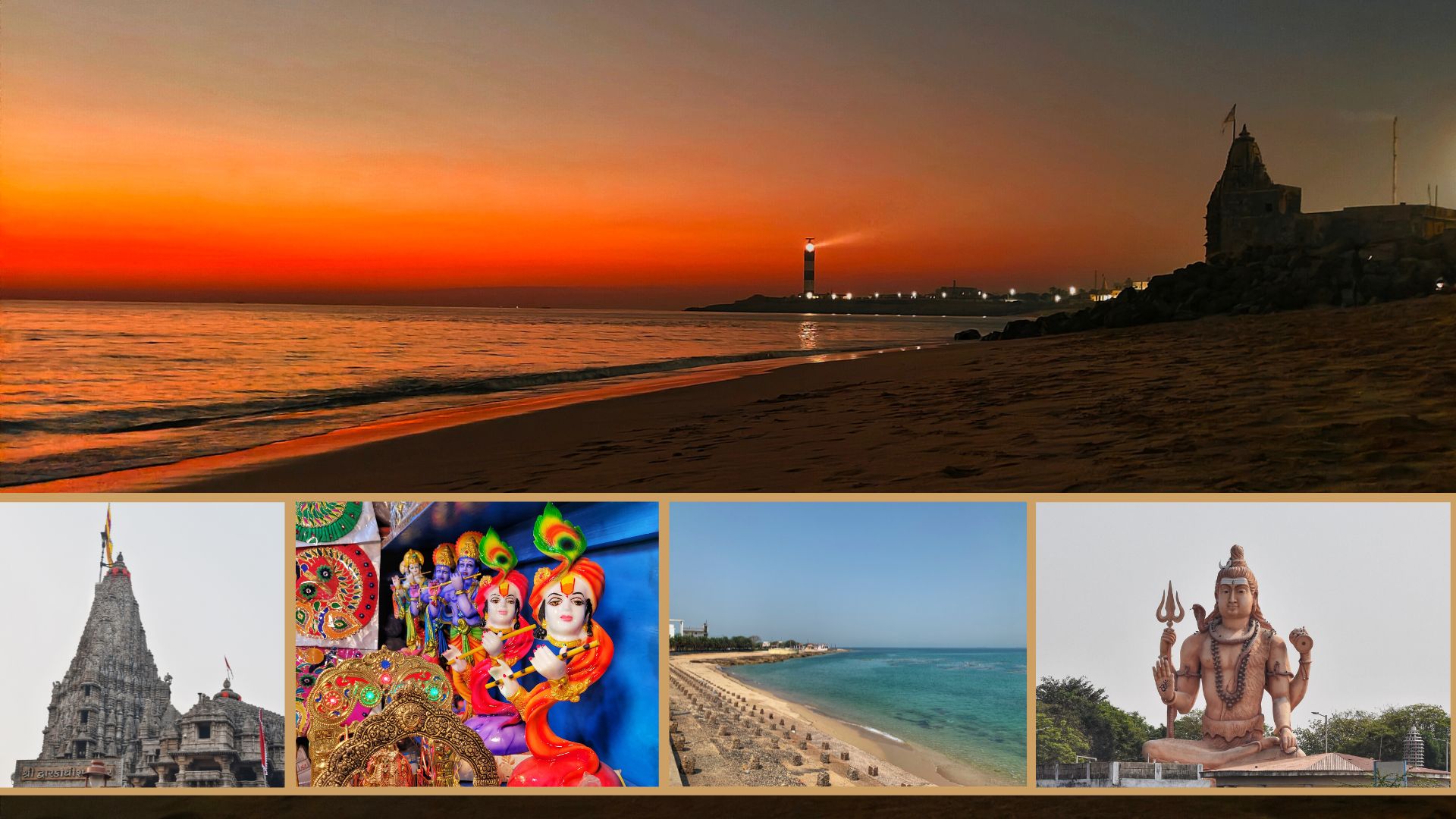
5 (1)
Embracing the Spiritual Aura of Dwarka
Embrace the tranquil aura that surrounds Dwarka. Discover a profound sense of peace and faith amid ancient temples and sacred chants. Let the mystical vibes of this spiritual journey guide your soul.
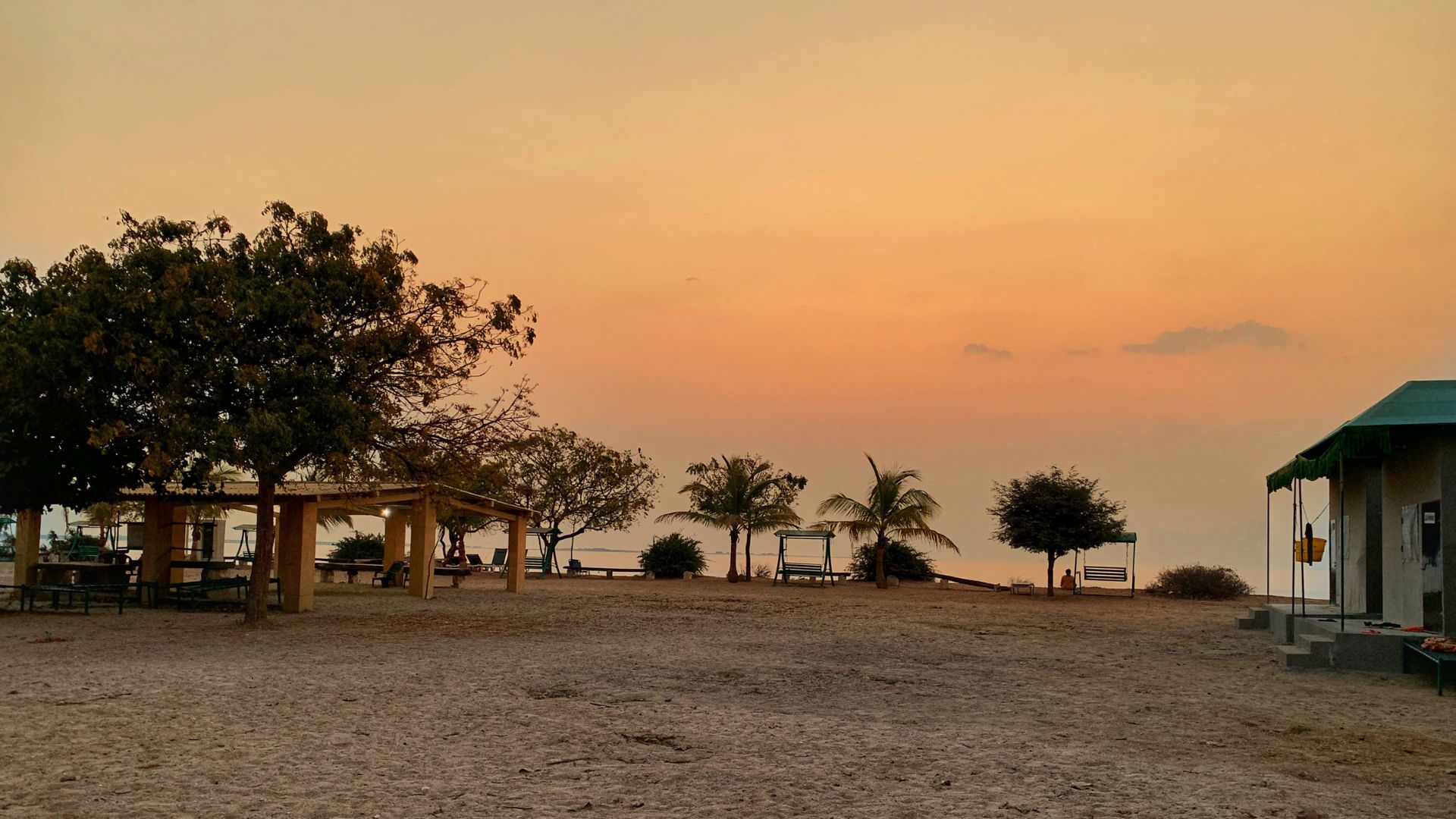
5 (1)
Beyt Dwarka: A Fusion of Nature and Spirituality
Dive into Beyt Dwarka's vibrant underwater world, where diverse marine life thrives. Explore colorful coral reefs, graceful dolphins, and a myriad of species. Witness nature's exquisite spectacle beneath the waves.
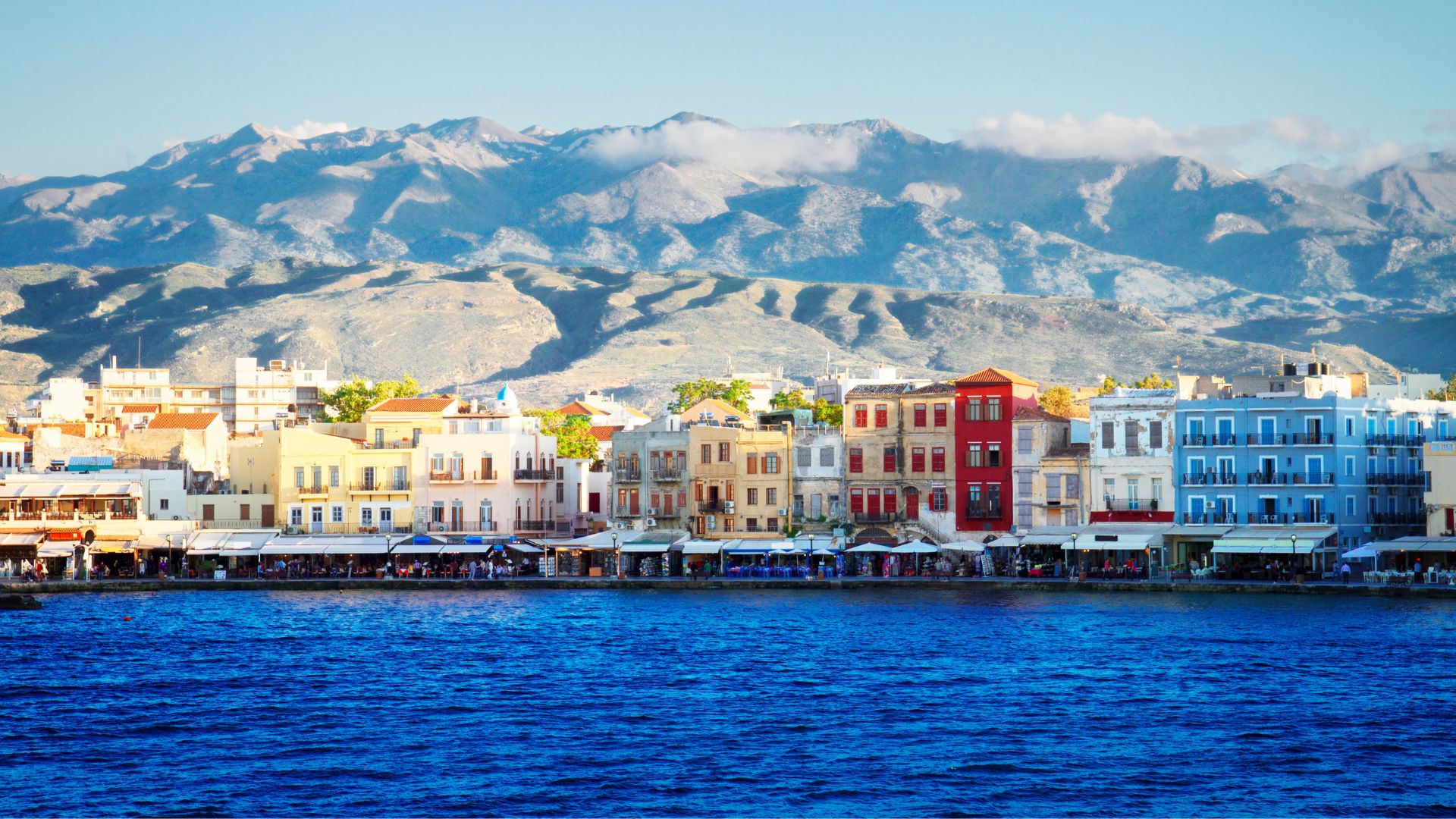
5 (1)
Chania: A Cretan Slice of Life
Visit the old town of Chania to explore the Venetian architecture. Take a vineyard tour or hike through Samaria Gorge to sample local wines. Get a personalized experience with a local guide or enjoy the adventures.
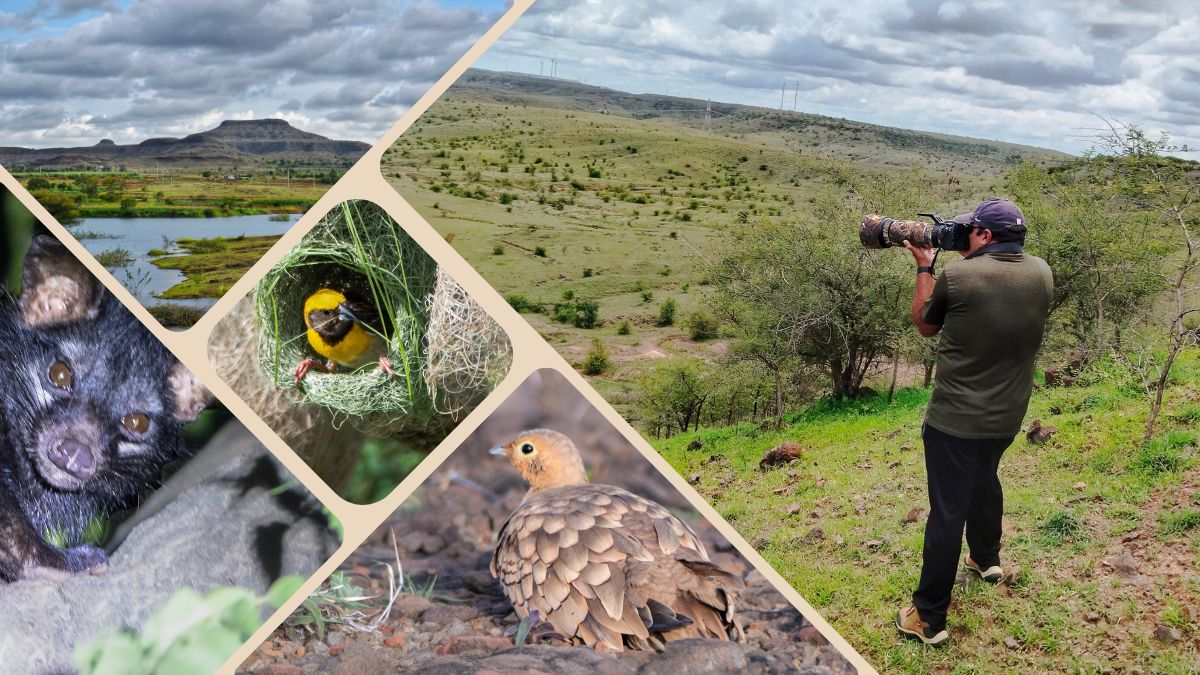
5 (1)
Chronicles of Biodiversity in Kiraksal
Explore the enigmatic world of Kiraksal, where nature presents an extraordinary kaleidoscope of colors. Amidst hidden wonders, encounter diverse wildlife and lush flora, revealing the captivating saga of biodiversity, begging to be uncovered.

